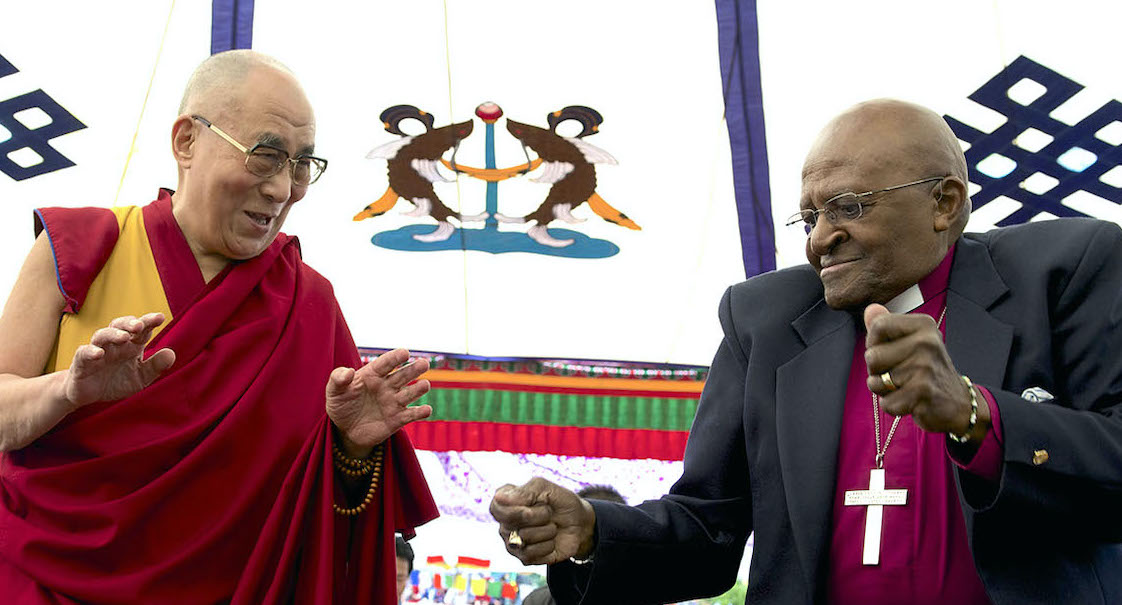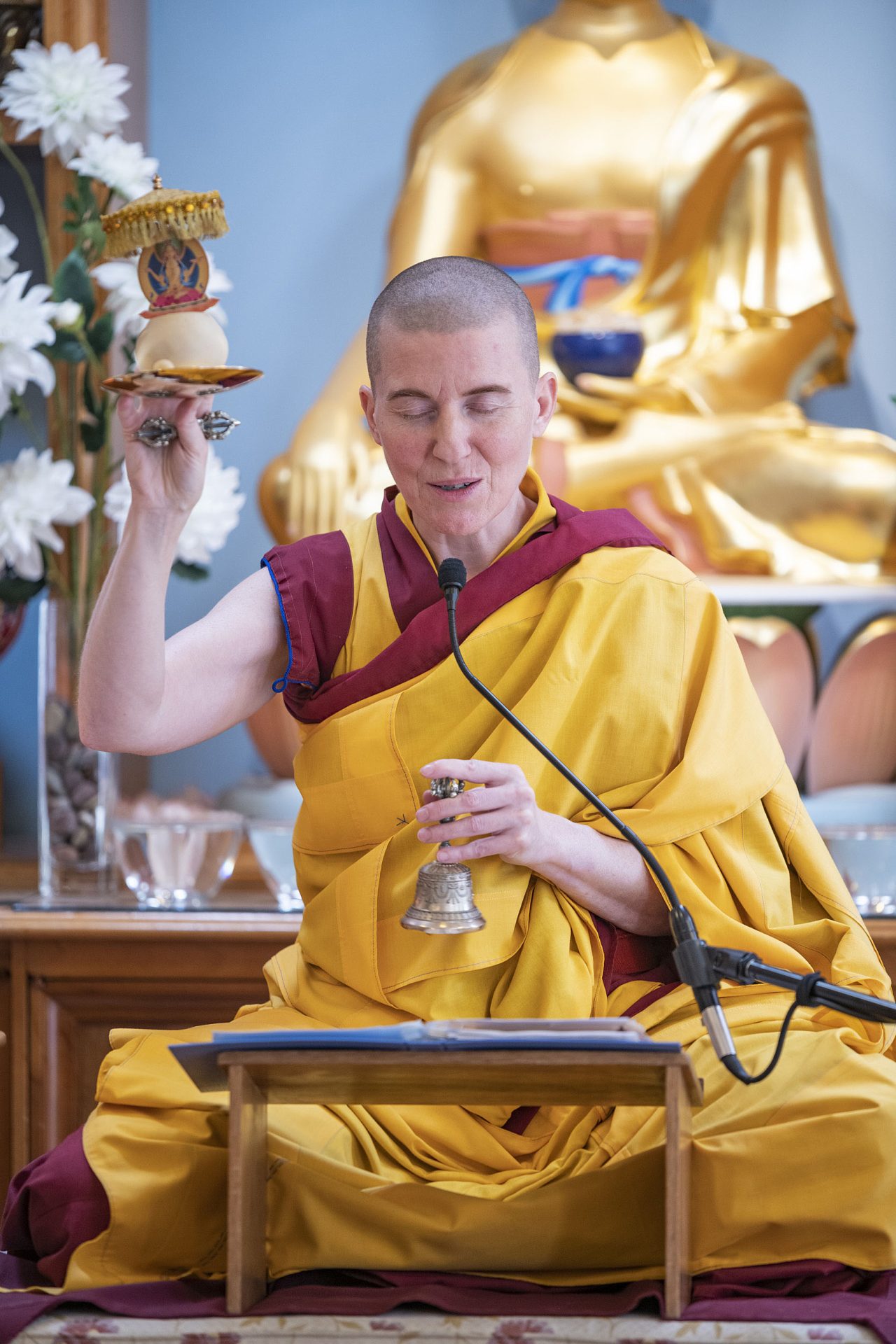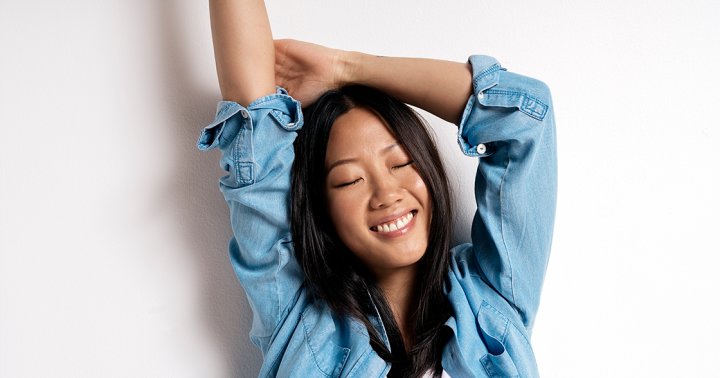Hip Openers: Tips, Benefits, Anatomy & Poses
Hip openers are an essential part of a strong and balanced yoga practice. While hip opening poses have many great benefits, they are often challenging and uncomfortable to practice, especially for beginners. These poses are not only great for...

Hip openers are an essential part of a strong and balanced yoga practice. While hip opening poses have many great benefits, they are often challenging and uncomfortable to practice, especially for beginners. These poses are not only great for physical well-being, hip opening asanas also encourage emotional release and stress relief. If you follow some basic practice tips, you can conquer these challenging poses and reap all of their amazing benefits.
What are hip opening yoga poses?
A hip opening pose is a yoga posture that stretches the muscles around the hip joint and pelvis, including the buttocks, hamstrings, inner thighs, groin, and abdomen. These muscles are often tight from sitting at a desk all day, which can lead to lower back pain and other issues. By stretching and strengthening these muscles, you will be able to move more freely and comfortably through your poses, as well as have more mobility and range of motion in daily life.
Most hip openers are practiced low to the floor, but you can perform hip openers lying down, standing, or sitting. Most people find the deepest hip openers when supported by the ground, as they are able to relax deeply into the stretch and to hold the pose for a longer time. Experienced yoga practitioners often perform them after other poses that warm up the muscles and prepare the joints for movement.
Anatomy of the hip bones
The hip joint is made up of two bones—the femur (thigh bone) and the acetabulum (hip socket). These bones meet at a ball-and-socket joint called the hip joint. The hip joint allows you to rotate your leg inward and outward, move forward and backward, bend your knee, and lift your foot off the ground.
The pelvis is made up of three bones: the ilium, sacrum, and pubic arch. Together, they form an oval-shaped bowl that connects the legs to the spinal column. The bones of the pelvis form the acetabulum or hip socket. The head of the Femur bone is shaped like a ball. The acetabulum is the socket into which the femur fits. This makes the hip a ball-and-socket joint. The hip joint allows for flexion and extension, abduction and adduction, and internal and external rotation.
Muscles of the hips
There are several muscles that surround the hip joint. Some of these hip muscles work together to stabilize the joint. Others work independently to provide balance and strength. These are grouped into the following four groups:
Quadriceps, Hip Flexors and Psoas muscle—Located at the front of the leg and hip, this group of muscles helps extend the leg and straighten the thigh. Hamstrings—Located at the back of the leg and hip area, these muscles assist with bending the knee and extending the leg backwards. Groin, internal rotators and hip adductors—Located along the inside of the leg, this group of muscles stabilizes the hip joint and supports the body while balancing and . Gluteal muscles and external hip rotators—Located on the outer side and back of hips, these muscles help support the weight of the body while walking, running, jumping, climbing stairs, etc.Yoga hip openers will target one or more of these groups. For a balanced practice and for the most effective approach to releasing tight hip muscles, choose poses that stretch the muscles of each group.
Tips when using hip openers in yoga
Always warm up with other poses before doing them. It’s best to place hip openers at the end of your yoga sequence. Sun salutations, cat and cow, the warrior poses, and downward dog are great options to warm up the lower body. Practice hip opening poses regularly to see the quickest progress. Do them slowly and make sure you don’t overdo it. Hip stretching should be practiced slowly, mindfully and carefully. Find a stretch where you feel some discomfort, but no pain. Do not push yourself past your limits. Be very mindful of your knees and do not let them twist or torque in the poses. Make sure that any rotation movements come from the hips so the knees stay safe. Do not force the pose. If you feel discomfort, pain, or other intense feelings, stop immediately. If you feel too much weight or pressure on your knees or hip bones, put a fold in your yoga mat or put a blanket under you. Use a yoga block, bolster, or other props to support your body weight so you can relax into a deeper stretch. Ask your yoga instructor for advice on how to modify the pose for more or less of a hip stretch. You should feel the stretch in the middle part of the muscle, rather than feeling it at the ends. If you do feel the stretch at or near the joint, you are probably pushing too hard and may cause an injury. If you have arthritis or had previous hip injuries or other problems with your hips, consult a physician or physical therapist before doing any hip opening exercises or stretches.The benefits of hip openers in yoga
Hip openers are vital for any yoga practice. Excessive tightness in the hips can lead to problems like lower back pain, a misaligned spine, poor mobility and other common injuries. Hip opening yoga poses improve circulation, flexibility and range of movement in the hips, legs and back. They are also beneficial for improving posture, strengthening balance, reducing stress, and promoting mental health and overall wellness. In addition, they reduce the risk of injury, especially in the lower back, by improving flexibility. They are an excellent complement to other forms of exercise, such as running, cycling, dance, and aerobics. A good amount of hip flexibility is required for proper alignment to perform many of the advanced yoga postures, so tight hips can limit the progression of your practice.
Why do hip openers release emotions?
Hip-opening poses activate Svadhisthana, the second or sacral chakra, located within the pelvis along the spine. This chakra energy center is about self-expression and creativity, and is located near the bladder, womb and ovaries. It is the source of sexual energy and passion. The element associated with the second chakra is water, because just as water moves, we are also meant to flow with the current of life, rather than fighting against challenges that come our way, or struggling to stay afloat. Water represents the emotions, and when we open our sacral chakra, we open ourselves to feel our emotions.
The muscles around the hips are known to hold on to and store strong negative emotions, such as anger, fear, anxiety, worry, and grief. When we hold on to these negative emotions, they take over our lives and affect every aspect of our life. By practicing hip openers, we allow our body to let go of these emotions and free ourselves from their grip. When you feel strong emotions bubbling up in a hip opener pose, take a moment to notice and be mindful of what is going on inside you. What is this emotion telling you about yourself? How does it make you feel? Can you identify where this emotion came from? Most importantly, allow yourself to feel, breathe, and release whatever emotion you are experiencing.
Basic hip opening yoga poses

The following poses are some of the most common hip opening poses you will find in yoga classes. If you are a beginner student, you may wish to familiarize yourself with and practice these asanas before attending a yoga class. These are also some of the most accessible and simple yoga poses to help stretch and open the hips.
Pigeon Pose Wide-Legged Forward Fold Supine Figure-4 Stretch One Leg Downward Dog Supine Bound Angle Prayer Squat Warrior 2 Pose Happy Baby Pose Goddess PoseComplete list of hip opening yoga poses
You can find photos, step-by-step instructions, modifications, cautions and contraindications of all the 36 hip opening asanas in our yoga pose directory.

 JimMin
JimMin 
































